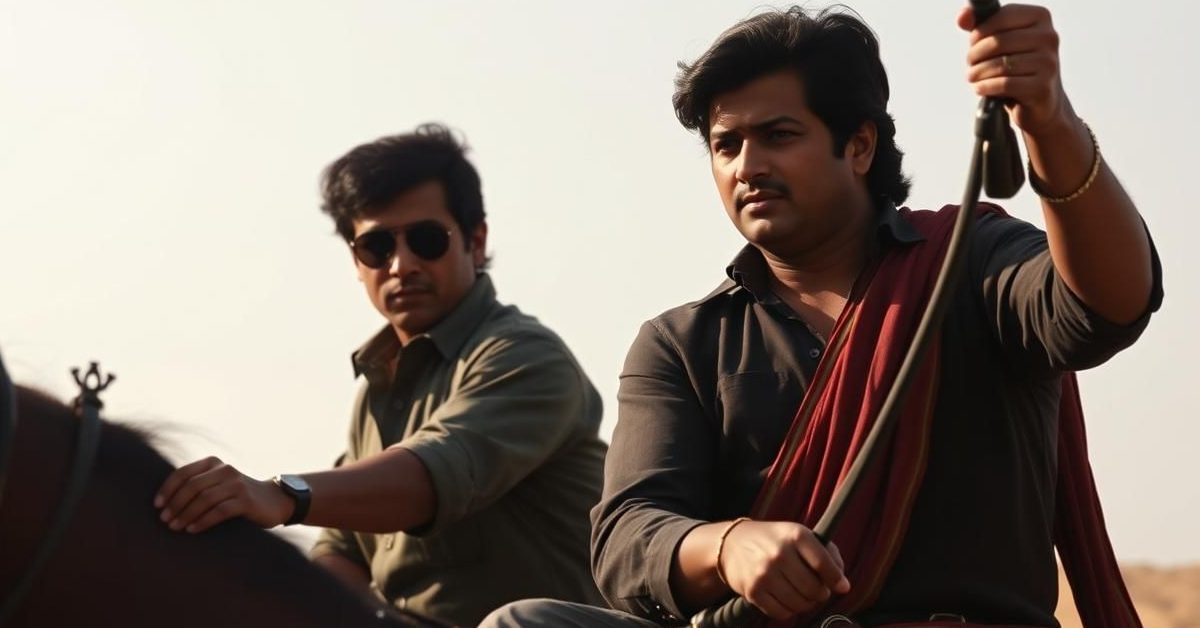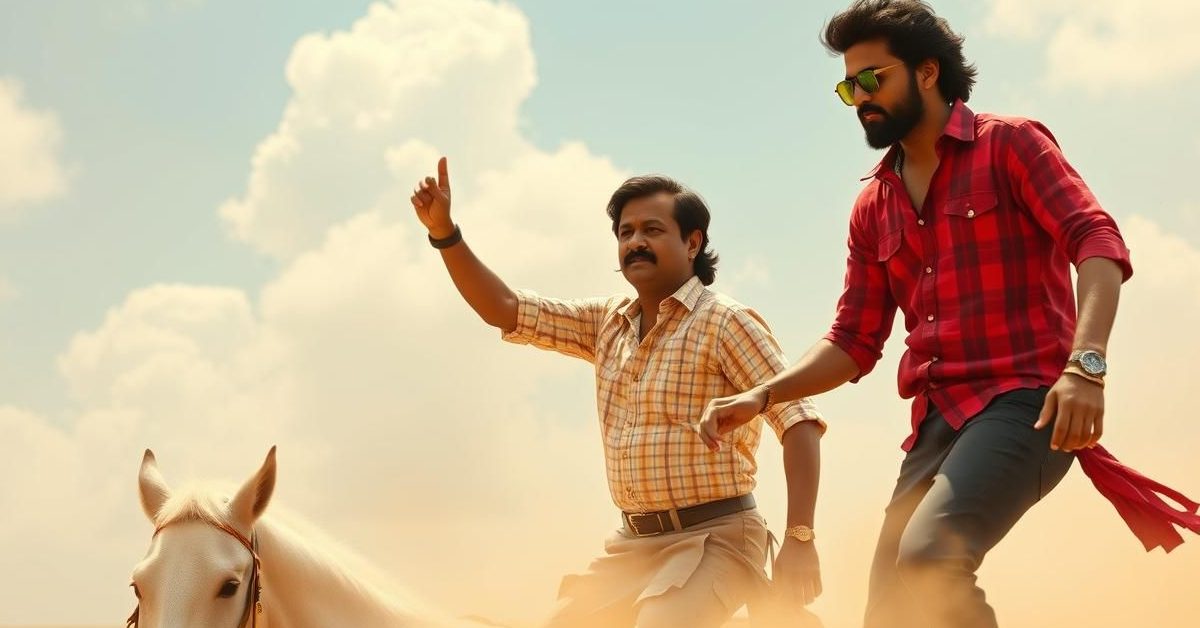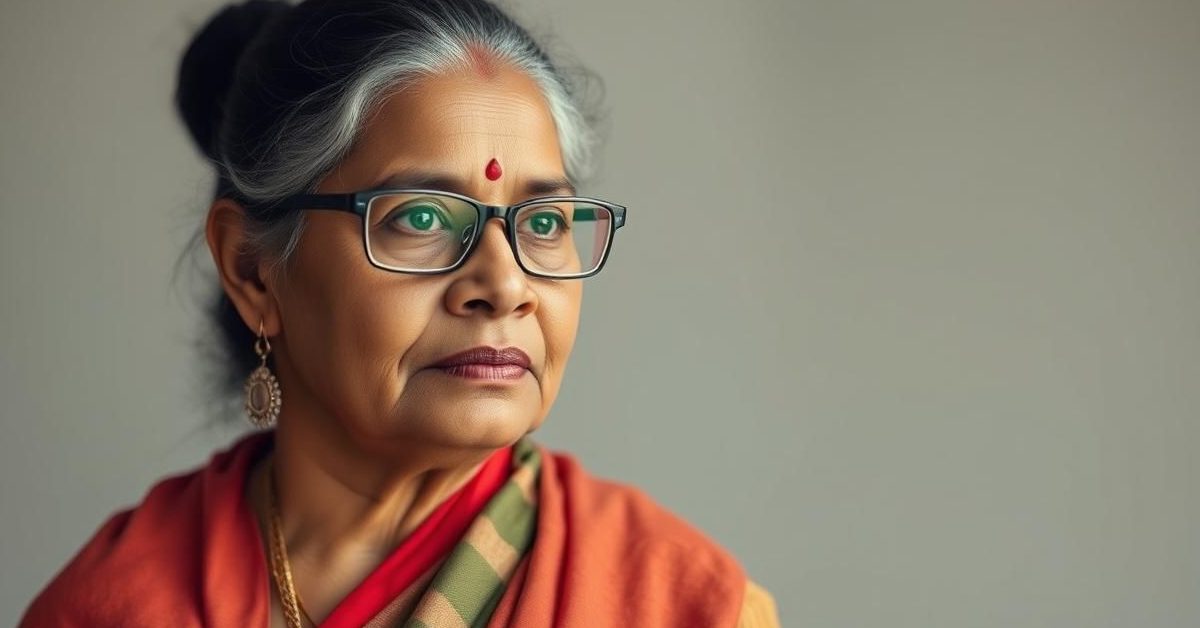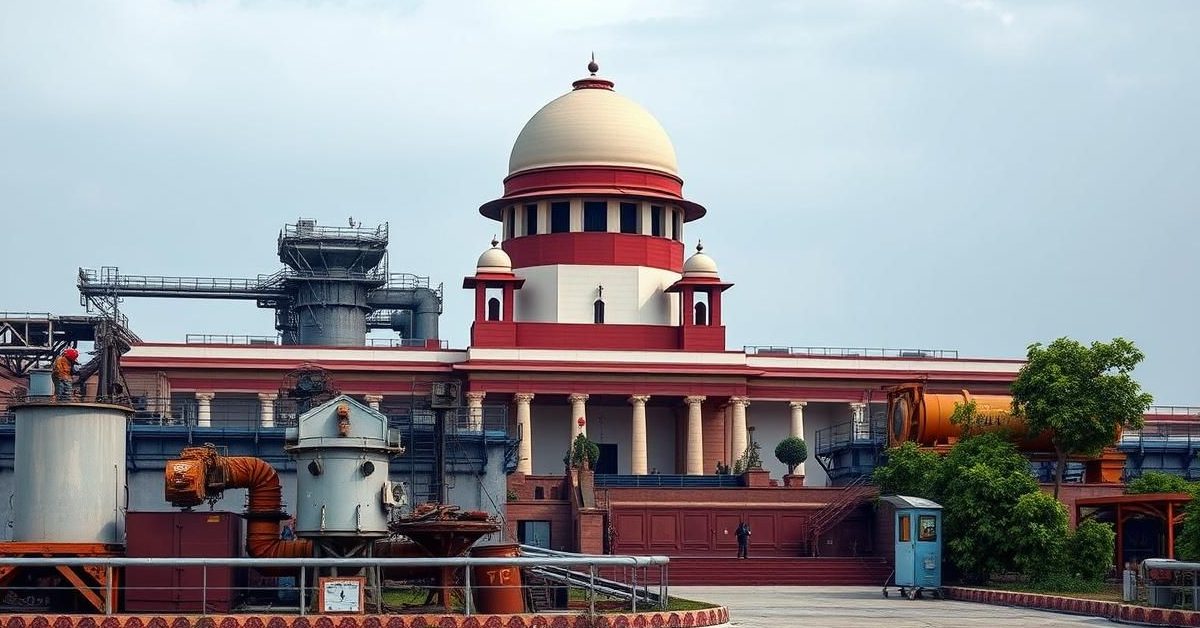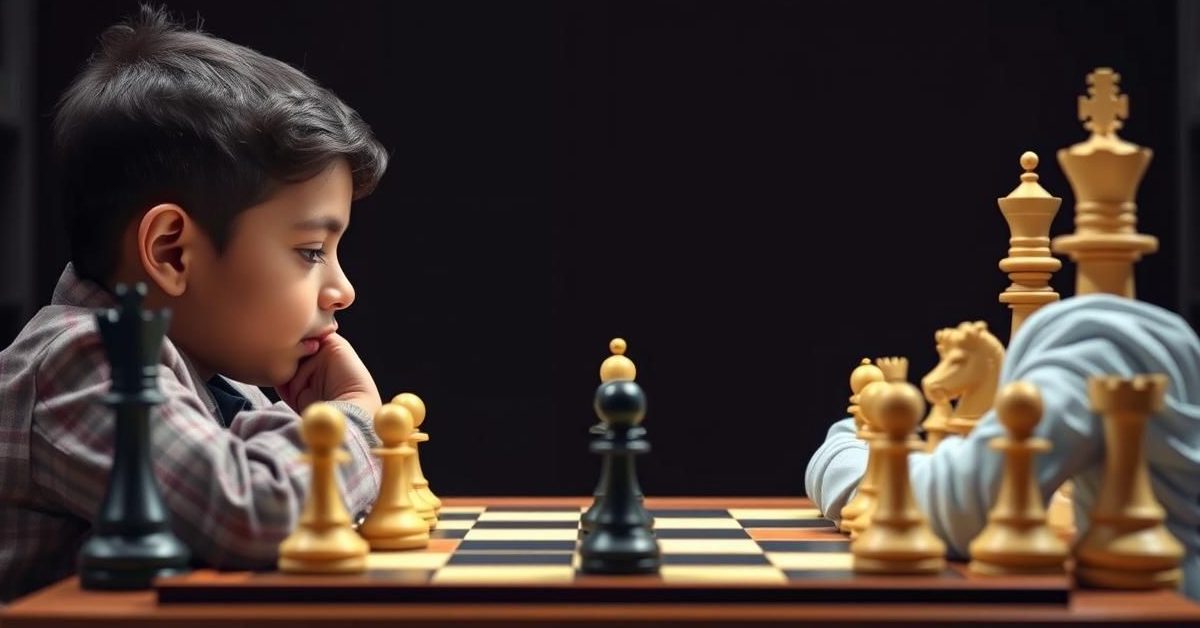The Epic That Almost Ended Differently: Unveiling Sholay’s Original Climax
The year was 1975, and Indian cinema was forever changed by the arrival of *Sholay*. This monumental film, directed by the visionary Ramesh Sippy and produced by his father, G.P. Sippy, transcended mere entertainment to become a cultural touchstone. Its indelible characters, from the charismatic Jai (Amitabh Bachchan) and the playful Veeru (Dharmendra) to the feisty Basanti (Hema Malini) and the stoic Radha (Jaya Bachchan), etched themselves into the collective consciousness. Yet, a crucial part of its narrative, the very climax, faced an uphill battle against the censors, leading to an alteration that few knew about initially.
Thakur’s Unyielding Quest: The Intended Vengeance
At the heart of *Sholay*’s emotional core lay the shattered life of Thakur Baldev Singh, portrayed with powerful intensity by Sanjeev Kumar. His pursuit of the ruthless dacoit Gabbar Singh (Amjad Khan), the villain who brutally murdered his family and severed his arms, was the driving force of the entire narrative. The film was meticulously crafted to build towards a cathartic showdown. In Ramesh Sippy’s original, unadulterated vision, this climax was raw, visceral, and deeply personal. Thakur, now armless, corners Gabbar. Instead of the police intervening, it was a moment of pure, unbridled revenge, with Thakur using his spiked shoes to inflict a fatal blow upon the dacoit, delivering justice directly into his own hands. It was meant to be the ultimate release for a character tormented by loss and consumed by a singular purpose.
The Censor’s Gaze: A Clash of Ideals
This powerful, albeit violent, resolution did not sit well with the Central Board of Film Certification (CBFC). India in the mid-1970s was a nation grappling with its identity, and the authorities were particularly sensitive about portrayals of vigilantism and extra-judicial killings. The CBFC members were vehemently against the depiction of a former police officer taking the law into his own hands, fearing it could send a dangerous message to the public. Their concern was rooted in the potential for such a scene to undermine the very principles of law and order, suggesting that personal revenge superseded the established legal system. This ideological conflict led to a directive: the ending had to be changed.
A Compromised Climax: The Mandated Alteration
Under strict instructions from the CBFC, the filmmakers were compelled to reshoot the climax. The intensely personal vengeance of Thakur was replaced by a more “socially responsible” outcome. In the version released to theaters, just as Thakur is about to deliver the final, fatal blow to Gabbar, the police arrive. Gabbar is apprehended and taken into custody, sparing him from Thakur’s wrath. While this satisfied the censors, it left many filmmakers and, later, discerning audiences with a sense of incompleteness. The emotional arc of Thakur, built up over three hours, felt somewhat truncated, his ultimate satisfaction denied by an external force.
Sholay’s Unstoppable Rise: A Phenomenon Despite the Edit
Despite this significant alteration, *Sholay* went on to achieve unprecedented success, running for years in cinemas and shattering box office records across India. Its iconic dialogues, masterful performances, and groundbreaking action sequences ensured its place in cinematic history. The film’s immense popularity demonstrated that even a modified ending could not diminish its overall impact. It became a benchmark for Indian blockbusters, inspiring generations of filmmakers and actors, including the legendary Amitabh Bachchan whose career soared to new heights after his portrayal of Jai.
The Return of the Lost Ending: A Director’s True Vision
Decades after its initial release, as home video formats evolved and DVD technology became commonplace, the curiosity around *Sholay*’s legendary “lost ending” began to grow. Filmmaker Ramesh Sippy, never entirely content with the censored version, had always maintained that Thakur’s ultimate act of vengeance was essential to his character’s journey. Eventually, much to the delight of cinephiles, the original, unedited climax found its way back into public viewing. Special editions, often on DVD or Blu-ray, sometimes included the raw, uncensored footage, allowing audiences to finally witness Thakur Baldev Singh’s long-awaited, unfiltered revenge against the infamous Gabbar Singh, just as Sippy had originally envisioned it.
The Enduring Power of Narrative Closure
The saga of *Sholay*’s ending serves as a powerful reminder of the delicate balance between artistic vision and societal norms. While censorship often aims to protect, it can sometimes dilute the very essence of a story. For *Sholay*, the original climax offered profound emotional closure, a moment where a deeply wronged character finally achieved justice on his own terms. Its eventual reappearance allowed audiences to fully appreciate the narrative integrity and the raw intensity that Ramesh Sippy had always intended, cementing *Sholay*’s legacy not just as a blockbuster, but as a masterpiece with a story arc complete in every tragic and triumphant detail.
